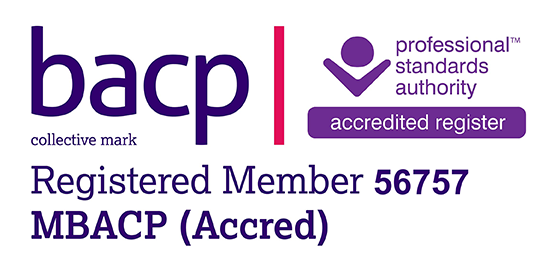Much of my work is with people who struggle with the thoughts that they’re having and/or the actions they take in response to their thoughts. It is fairly normal human behaviour that we have a thought and we act on it, particularly when not acting on those thoughts create difficult feelings like anxiety or fear.
First of all, it’s important to say if you recognise that this is you, don’t worry – you are just like the majority of humans in the world.
The difficulty comes when we recognise that acting on certain thoughts or not acting on them is becoming problematic in our lives and we want to make changes. Many people come to me believing that the solution is to change their thoughts, to somehow put new thoughts into their minds and act on those instead. That’s a fairly understandable response to the problem, but I’m not sure it’s always possible and it certainly isn’t an easy task.
What I suggest to the people that I’m working with is that we look to change our relationship with thoughts rather than the thoughts themselves.
The big question is ‘How do we start to do this?’
Think about all the people you’ve come across in life – your family, your friends, work colleagues, school friends, neighbours, people in the street, people you meet in the supermarket when you buy your shopping – I want you to think how you relate to each of those people. I’m sure you will notice that you have different relationships with each of these groups of people. Some people we share our whole life stories with, we tell them all struggles and our triumphs, and we share on a much deeper level. We tend to spend more time with those people. Others we spend less time with, and we share less deeply – perhaps work acquaintances or neighbours. And then there will be those people who we walk past in the street or we stand next to in the supermarket who we may acknowledge with a smile or a nod but we don’t really talk to or engage with in the same way.
All of these relationships are fine and as they need to be. We don’t need to change any of them, and what they show us is that we are capable of relating on many different levels very successfully.
I would like to invite you to think about your relationship with thought in a very similar way. Just like when we walk down the street or we go to the supermarket, we don’t have a choice of which people are around us. we simply carry on about our business and leave those people around us to do the same. Imagine doing the same thing with thought; by that I mean allowing whichever thoughts are around us at the time to just be there and do their thing without having to engage with them deeply; without having to either get rid of them or change them, or even speak to them. We can let them be there, but they don’t have to bother us or change the course of our day. If we get used to this way of relating to our thoughts, we are less engaged and less likely to act on them – we can have a thought and leave it be without needing to act to appease it.
This relationship change with thoughts can be so freeing, and much less work than trying to change or disagree with thoughts. It’s less intrusive in our day and allows us to focus on and enjoy what we are doing much more. It’s the difference between trying to empty a supermarket before we shop, or change all the customers in there for people we prefer, and just going into the supermarket and getting what we need without arguing or having to engage with everyone.
Of course, sometimes we like to engage and that’s fine, but with those less helpful people/thoughts, we can just go to the self-serve check out and be on our way.


